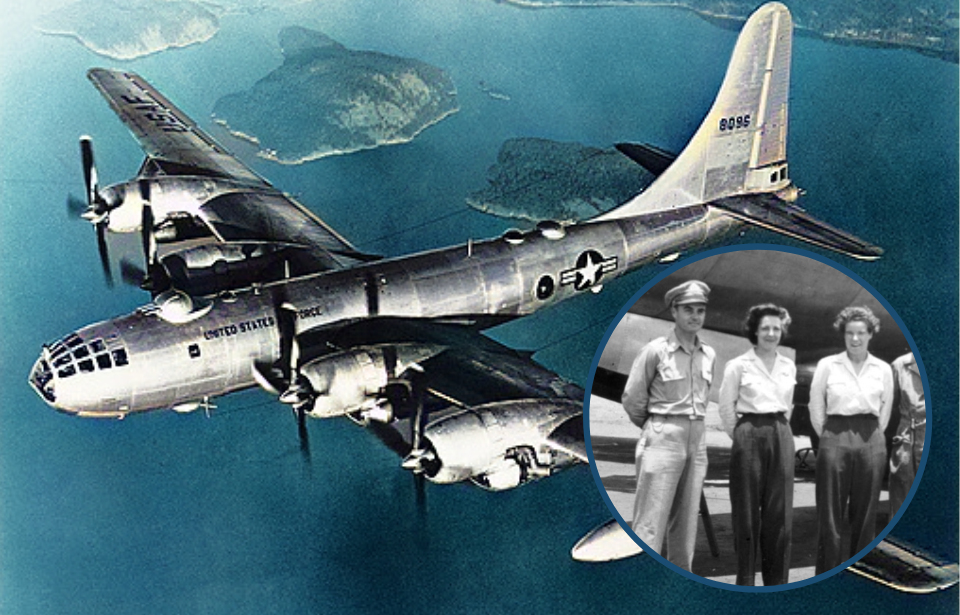In preparation for the bombings of Hiroshima and Nagasaki, Paul Tibbets took on the responsibility of instructing pilots on operating the Boeing B-29 Superfortress. However, an obstacle emerged: the pilots were nervous about flying the bomber due to its considerable size and the relatively limited testing compared to other aircraft of World War II.
Confronted with a squadron reluctant to handle the unfamiliar plane, Tibbets recognized that their reluctance was not an option. He came up with a strategy to train two female pilots to conduct flight demonstrations for their male counterparts. This approach not only alleviated the men’s anxieties but also increased their confidence in operating the bombers.
Problems with the B-29’s engines
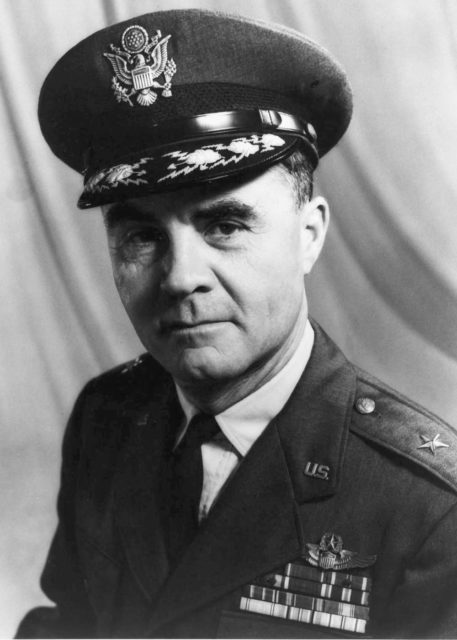
After completing tours of duty in both the European and Pacific Theaters, Paul Tibbets was assigned to return to the US in 1943 to contribute to the development of the B-29 Superfortress. Once the bomber successfully passed its testing phase, Tibbets assumed the role of director of operations for the 17th Bombardment Operational Training Wing (Very Heavy), tasked with training pilots in the operation of the new aircraft.
Instructing these pilots came with serious challenges. Understandably, they had reservations due to the B-29’s history of engine malfunctions and frequent fires, as well as its comparatively limited testing when compared with other aircraft. Additionally, the bomber’s notably larger size represented a considerable departure from the aircraft previously operated by the US Army Air Forces (USAAF).
The women who flew the B-29 Superfortress
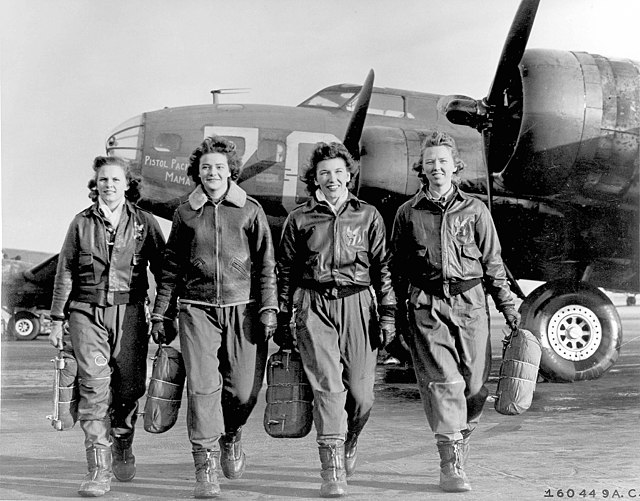
To address the apprehension surrounding the B-29, Tibbets decided to train female pilots on the bomber, in the hopes of easing the concerns of their male counterparts. He enlisted the assistance of two Women Airforce Service Pilots (WASPs): Dora Dougherty Strother and Dorothea Johnson “Didi” Moorman. To ensure they weren’t worried about the aircraft, he willingly held back any information regarding the previous issues.
Interestingly, both Strother and Moorman encountered no difficulties during their training.
Specifically selected because neither had prior experience flying a four-engine aircraft, Strother and Moorman aimed to show that mastering the B-29 was easily achievable. Tibbets provided them with just three days of training before deeming them ready to conduct demonstrations for the male aviators. They embarked on various flights from the base in Alamogordo, New Mexico, with different aircrews onboard for each demonstration.
Reception as demonstration pilots
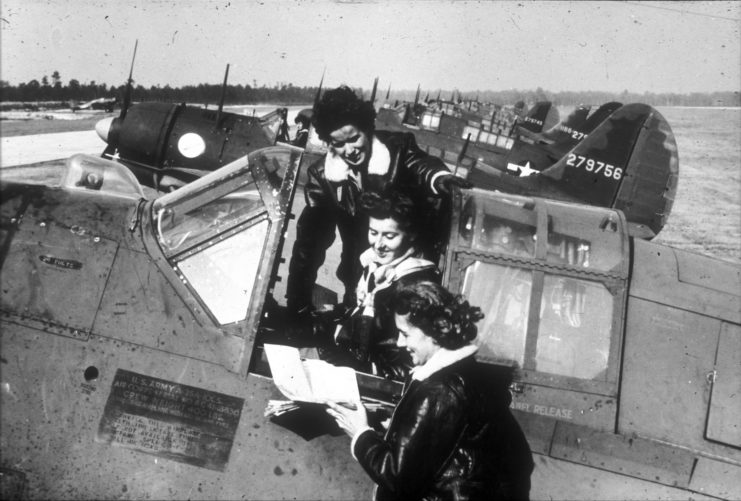
Strother and Moorman successfully persuaded the male pilots to operate the B-29s. Maj. Harry Shilling, in a maintenance bulletin, commended their flying skills and deep knowledge of the aircraft. He encouraged other male personnel at the base to seek their advice on handling the bombers and to follow their outstanding takeoffs.
Despite their achievements, Strother and Moorman’s stint as demonstration pilots was brief. When Tibbets’ superiors discovered that women were flying the B-29s, they forced him to end the program. Air Staff Maj. General Barney Giles noted that the women were “putting the big football players to shame.”
Remembering their role
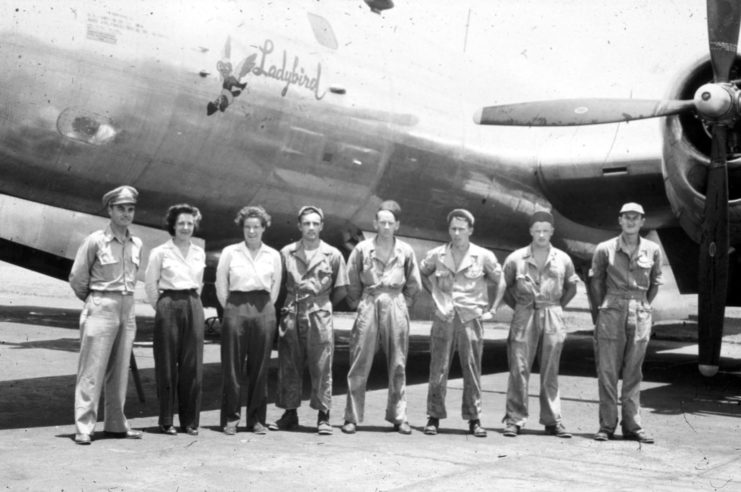
While their role as demonstration pilots might appear insignificant, it carried significant weight for the men who observed them. On August 2, 1995, Harry McKeown, a retired lieutenant colonel with the US Air Force, wrote a letter to Strother concerning her piloting of the B-29s. Their paths had crossed in 1944 at Clovis Army Airfield, where McKeown served as Director of Maintenance & Supply and a test pilot.
He recounted that following their demonstration, “we never had a pilot who didn’t want to fly the B-29,” and ended his letter on a more personal note. “I still want to thank you for your helping me that day at Clovis,” he wrote. “I will admit that I was scared… You made the difference in my flying from then on. I wasn’t the only pilot that felt this way, and I am sure that they would thank you too if they knew where you were.”
Life after the war
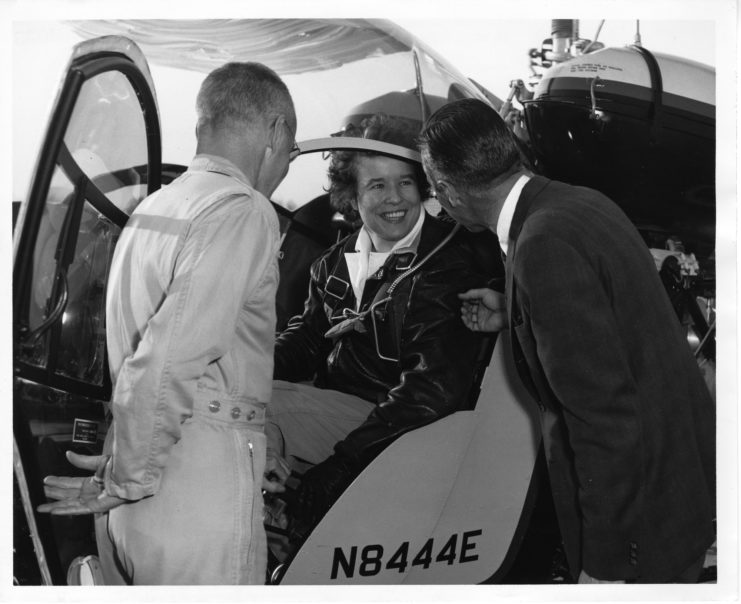
Both women carried on with the WASPs until the organization disbanded in 1944. Strother went on to earn her PhD from New York University and worked for Bell Helicopters from 1962-86. She kept in touch with McKeown and married him in 2002. Moorman raised five children in North Carolina after the war, and kept in close contact with Tibbets until her death in 2005.
Want War History Online‘s content sent directly to your inbox? Sign up for our newsletter here!
The WASPs, including Strother and Moorman, were denied military veteran status until 1977, when the US House and Senate voted to grant them what they had earned. This decision made them eligible for veterans benefits and also allowed the woman to commemorate their fallen sisters as veterans – something they hadn’t previously been able to do.
